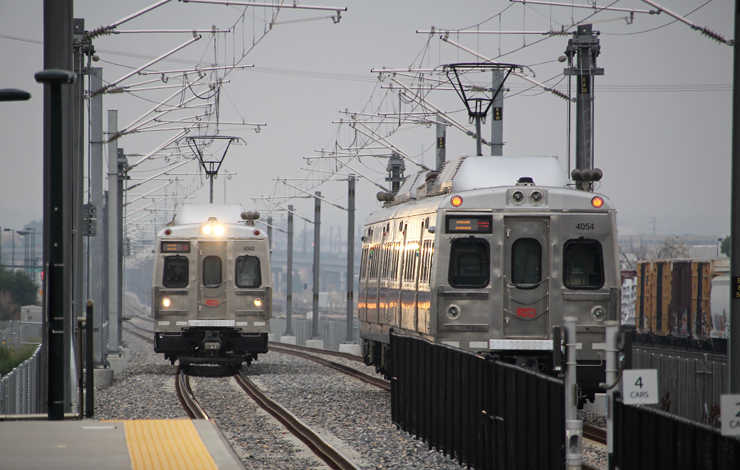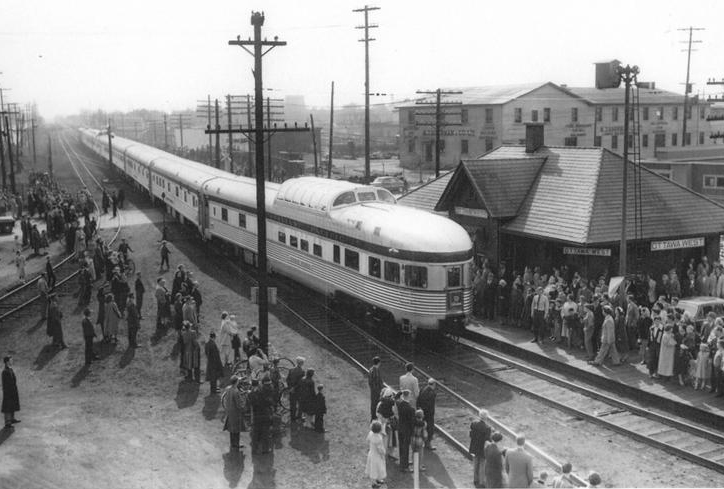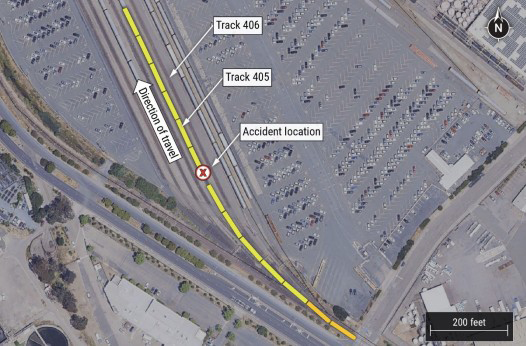DENVER — Denver’s Regional Transportation District has met a deadline to submit a plan to the Federal Railroad Administration, outlining the agency’s method of fixing ongoing issues with crossing gates on the commuter rail line to Denver International Airport.
9News.com reports a copy of the plan — which aims to resolve the crossing-gate issues within a year — will be available online beginning today (Monday, Dec. 17).
In a Nov. 15 letter, the RTD had set a Dec. 15 deadline to receive a plan to correct the problem with improper timing on crossing gates. [See “FRA could shut down Denver airport line because of crossing-gate issues,” Trains News Wire, Dec. 7.] The letter said failure to meet that deadline could lead to actions up to and including revoking the waiver which has allowed the line to operate while the problems are fixed — a move which would have shut down the operation.















I’ll repeat the comments that have been made by others on earlier articles on this saga: Automatic crossing gates have been working flawlessly, or nearly so, on US railroads for generations. New technologies need to be tried, but when they don’t pan out as hoped, why not just fall back on what has been found to be hard to improve on? Why is this so difficult?
Mr McFarlane, The Chicago, South Shore and South Bend RR is is electrified with overhead wires and has many grade crossings. Many of the commuter lines out of New York City and Philadelphia also are electrified with either overhead wiring or powered 3rd rail. As far as I know these are using the same system as the rest of the grade crossings out there. It also should be noted the Denver’s light rail system use overhead wiring and has had no problems with their many grade crossings.
Ed Clopton
The reason the normal technology doesn’t work is because the line is electrified, I believe there’s a nice explanation in a post on the forums with a link to another article.